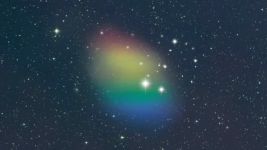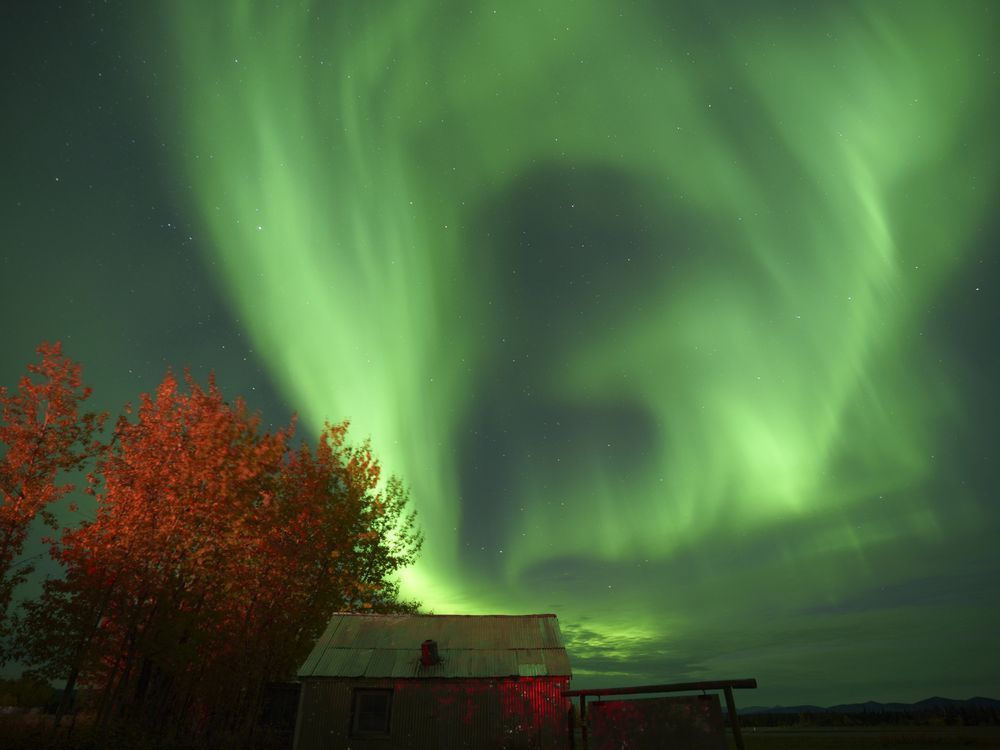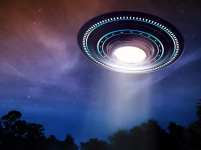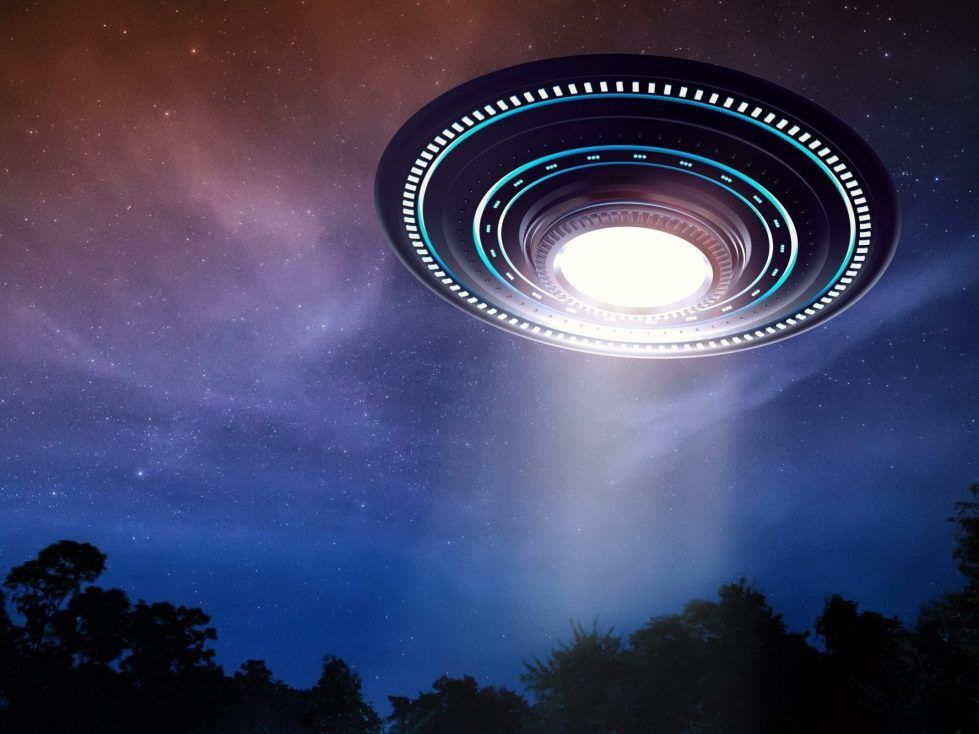Ashes of Vancouver Star Trek fan set to go to space alongside famous stars
Prices range from a few thousand dollars up to $13,000
Author of the article:Canadian Press
Canadian Press
Ashley Joannou
Published Jan 01, 2024 • Last updated 13 hours ago • 4 minute read
Gloria Knowlan
Gloria Knowlan CPL
VANCOUVER — Gloria Knowlan never dreamt of boldly going where no one had gone before and was content to leave the journey to the “Star Trek” actors she came to love, but 12 years after her death, her family has ensured the final frontier will be her ultimate resting place.
It seemed a fitting tribute for the Vancouver mother of eight, whose love of Trek prompted her to collect replica starships and deck out her Christmas tree each year with a homemade alien spacecraft known as the Borg cube, complete with working lights.
A small quantity of Knowlan’s ashes will be among approximately 250 capsules of human remains, DNA samples and other memorials set to be launched into space later this month aboard a rocket. Launch organizers are hoping it will wind up approximately 330 million kilometres from Earth, roughly past the orbit of Mars.
The flight will see Knowlan, who was 86 at the time of her death, joining some of her favourite stars. The rocket is also set to carry remains or DNA samples of “Star Trek” creator Gene Roddenberry, his wife Majel Barrett Roddenberry and Original Series stars Nichelle Nichols, DeForest Kelley and fellow Canadian James Doohan.
Rod Knowlan said he thinks his mom would be “just tickled” by the idea that a part of her remains were going to space alongside some of the people she saw on TV.
He said after his father died in 2002 his mother dove headlong into things she loved, including the show.
“She was a fan of ‘Star Trek,’ of the concept, from the outset,” he said in a telephone interview. “She was a fan of Gene Roddenberry’s and she loved whatever work that he did.”
Gloria Knowlan’s final journey will take place through American company Celestis Inc., which has been offering what it calls “memorial space flights” for more than two decades.
For prices ranging from a few thousand dollars up to $13,000, the company will take small capsules of ashes to space and either return them, drop them in Earth’s orbit or even take them to the moon as a memorial for lost loved ones.
Co-founder and CEO Charles Chafer said the rocket carrying Knowlan’s remains, set to take off from Cape Canaveral, Fla. on Jan. 8, will mark the first time the company has offered a trip that will go into “deep space” meaning the capsules won’t eventually fall to Earth. The journey has been dubbed the enterprise flight, he added.
“I believe it’s an awful lot like why people choose to be scattered at sea. There’s a calling there. There’s something about the sea that either interests them or attracts them as a location for a memorial service,” Chafer said.
“We are more and more in this country, and in other countries, focusing less and less on the traditional and more and more on the personal when it comes to, ‘how do I want my life celebrated?”‘
The capsules will be taken into space by the commercially-owned, and aptly named, Vulcan rocket.
Chafer said the main purpose of the trip is for the rocket to test its capabilities to become the first commercial spacecraft to land on the moon, and his company’s cargo is being brought along to serve a “secondary” purpose.
He said some capsules onboard are being left at the moon, while those that are part of the enterprise trip will travel further afield.
He said they’ll travel for “at least a few months” before arriving at their final orbit location.
Ashes belonging to many of the “Star Trek” stars have already been part of earlier Celestis flights, but Chafer said he promised Majel Barrett Roddenberry in 1996 that he would eventually take some of the couple’s ashes and fly them on a “forever mission.”
“And of course, being 28 years old, and not having any better idea than ‘I think we can do it,’ I said yes.”
Chafer said trips like the ones Celestis offer only became possible recently thanks to evolving technology, adding family members and friends of the other Trek stars quickly bought into the idea.
Ashes belonging to Doohan, best known as chief engineer Montgomery “Scotty” Scott, have gone to space aboard previous Celestis flights as well as to the International Space Station.
His widow, Wende Doohan, said being in space is something he always wanted.
“If anybody had offered him a seat on the space shuttle, he would have jumped at it. But he was too old to somehow finagle a seat on one of those things that went into space,” she said.
Wende Doohan said her husband would have enjoyed the fact that this trip includes fans like Knowlan.
“He loved his fans. He loved hearing their stories. He enjoyed chatting with them,” she said.
She said she decided to include a sample of her DNA on the flight and plans to be at the launch in person.
She said sending her husband’s ashes into deep space and knowing that they will never return makes this experience feel different than previous flights.
“To me, that kind of illustrates the poignancy of Star Trek, you know? Going where no man has gone before,” she said.
“And it just kind of feels like it’s emulating that journey, in a way.”
 celestis.com
celestis.com

 torontosun.com
torontosun.com
Prices range from a few thousand dollars up to $13,000
Author of the article:Canadian Press
Canadian Press
Ashley Joannou
Published Jan 01, 2024 • Last updated 13 hours ago • 4 minute read
Gloria Knowlan
Gloria Knowlan CPL
VANCOUVER — Gloria Knowlan never dreamt of boldly going where no one had gone before and was content to leave the journey to the “Star Trek” actors she came to love, but 12 years after her death, her family has ensured the final frontier will be her ultimate resting place.
It seemed a fitting tribute for the Vancouver mother of eight, whose love of Trek prompted her to collect replica starships and deck out her Christmas tree each year with a homemade alien spacecraft known as the Borg cube, complete with working lights.
A small quantity of Knowlan’s ashes will be among approximately 250 capsules of human remains, DNA samples and other memorials set to be launched into space later this month aboard a rocket. Launch organizers are hoping it will wind up approximately 330 million kilometres from Earth, roughly past the orbit of Mars.
The flight will see Knowlan, who was 86 at the time of her death, joining some of her favourite stars. The rocket is also set to carry remains or DNA samples of “Star Trek” creator Gene Roddenberry, his wife Majel Barrett Roddenberry and Original Series stars Nichelle Nichols, DeForest Kelley and fellow Canadian James Doohan.
Rod Knowlan said he thinks his mom would be “just tickled” by the idea that a part of her remains were going to space alongside some of the people she saw on TV.
He said after his father died in 2002 his mother dove headlong into things she loved, including the show.
“She was a fan of ‘Star Trek,’ of the concept, from the outset,” he said in a telephone interview. “She was a fan of Gene Roddenberry’s and she loved whatever work that he did.”
Gloria Knowlan’s final journey will take place through American company Celestis Inc., which has been offering what it calls “memorial space flights” for more than two decades.
For prices ranging from a few thousand dollars up to $13,000, the company will take small capsules of ashes to space and either return them, drop them in Earth’s orbit or even take them to the moon as a memorial for lost loved ones.
Co-founder and CEO Charles Chafer said the rocket carrying Knowlan’s remains, set to take off from Cape Canaveral, Fla. on Jan. 8, will mark the first time the company has offered a trip that will go into “deep space” meaning the capsules won’t eventually fall to Earth. The journey has been dubbed the enterprise flight, he added.
“I believe it’s an awful lot like why people choose to be scattered at sea. There’s a calling there. There’s something about the sea that either interests them or attracts them as a location for a memorial service,” Chafer said.
“We are more and more in this country, and in other countries, focusing less and less on the traditional and more and more on the personal when it comes to, ‘how do I want my life celebrated?”‘
The capsules will be taken into space by the commercially-owned, and aptly named, Vulcan rocket.
Chafer said the main purpose of the trip is for the rocket to test its capabilities to become the first commercial spacecraft to land on the moon, and his company’s cargo is being brought along to serve a “secondary” purpose.
He said some capsules onboard are being left at the moon, while those that are part of the enterprise trip will travel further afield.
He said they’ll travel for “at least a few months” before arriving at their final orbit location.
Ashes belonging to many of the “Star Trek” stars have already been part of earlier Celestis flights, but Chafer said he promised Majel Barrett Roddenberry in 1996 that he would eventually take some of the couple’s ashes and fly them on a “forever mission.”
“And of course, being 28 years old, and not having any better idea than ‘I think we can do it,’ I said yes.”
Chafer said trips like the ones Celestis offer only became possible recently thanks to evolving technology, adding family members and friends of the other Trek stars quickly bought into the idea.
Ashes belonging to Doohan, best known as chief engineer Montgomery “Scotty” Scott, have gone to space aboard previous Celestis flights as well as to the International Space Station.
His widow, Wende Doohan, said being in space is something he always wanted.
“If anybody had offered him a seat on the space shuttle, he would have jumped at it. But he was too old to somehow finagle a seat on one of those things that went into space,” she said.
Wende Doohan said her husband would have enjoyed the fact that this trip includes fans like Knowlan.
“He loved his fans. He loved hearing their stories. He enjoyed chatting with them,” she said.
She said she decided to include a sample of her DNA on the flight and plans to be at the launch in person.
She said sending her husband’s ashes into deep space and knowing that they will never return makes this experience feel different than previous flights.
“To me, that kind of illustrates the poignancy of Star Trek, you know? Going where no man has gone before,” she said.
“And it just kind of feels like it’s emulating that journey, in a way.”
Celestis: Memorial Spaceflights – Send Ashes Into Space
Celestis: Memorial Spaceflights makes the dream of spaceflight a reality by launching a symbolic portion of cremated remains into near-space and even beyond.
 celestis.com
celestis.com

Ashes of Vancouver Star Trek fan set to go to space alongside famous stars
The rocket is also carrying remains or DNA samples of Star Trek creator Gene Roddenberry, Nichelle Nichols, DeForest Kelley and James Doohan
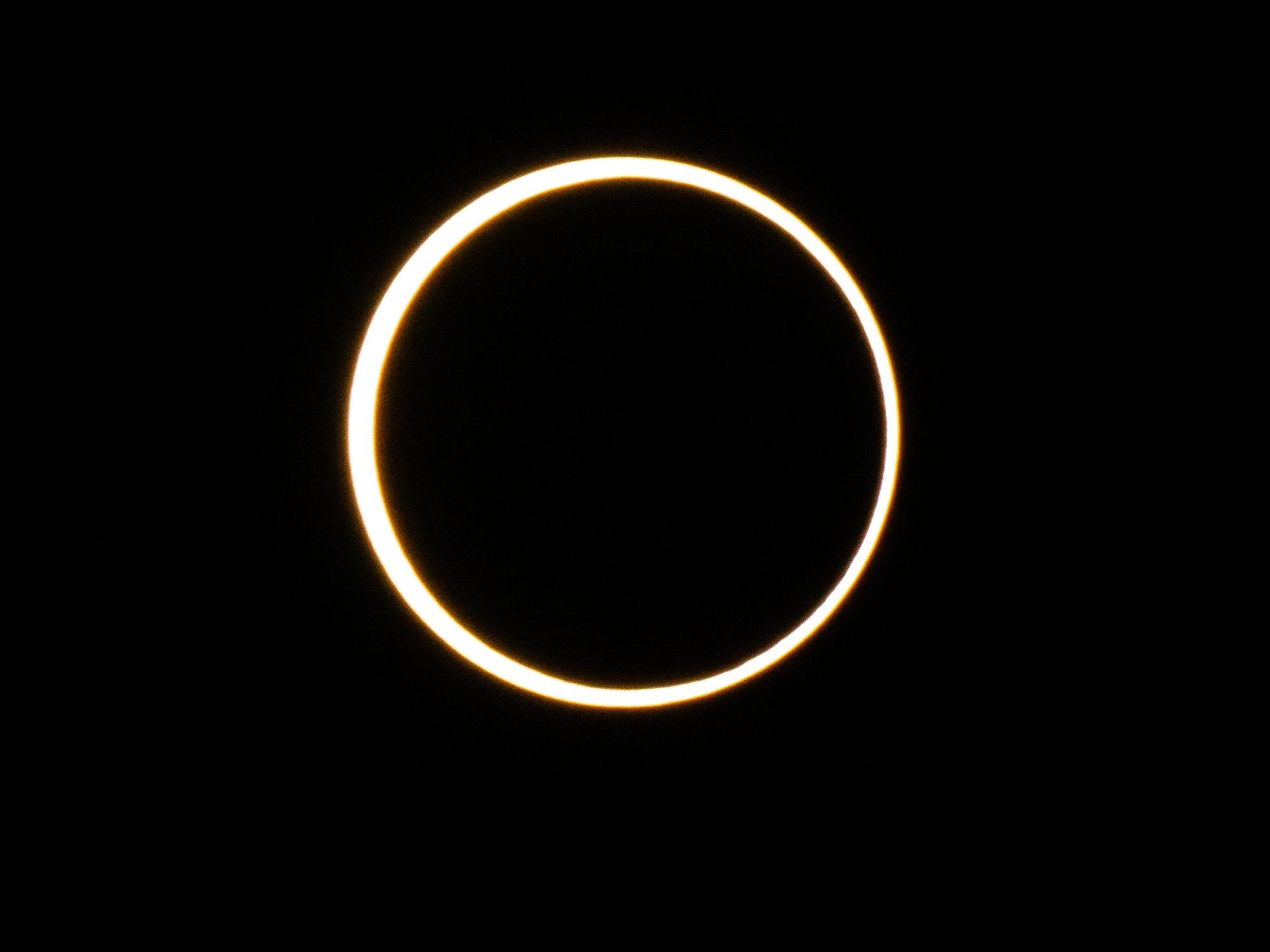
![vulcan-nasa-scaled-e1704723313241[1].jpg vulcan-nasa-scaled-e1704723313241[1].jpg](https://forums.canadiancontent.net/data/attachments/18/18954-8a99169ecce7b04543968f7575f9ccca.jpg)

![Moon-Landing-scaled-e1704825495969[1].jpg Moon-Landing-scaled-e1704825495969[1].jpg](https://forums.canadiancontent.net/data/attachments/18/18975-075763e1a92830baaa61ea6bbf610dcd.jpg)

![Astrobotic-Technology[1].jpg](/data/attachments/18/18974-17c46b262d9b5e9862413a2b2c35c4a3.jpg)



